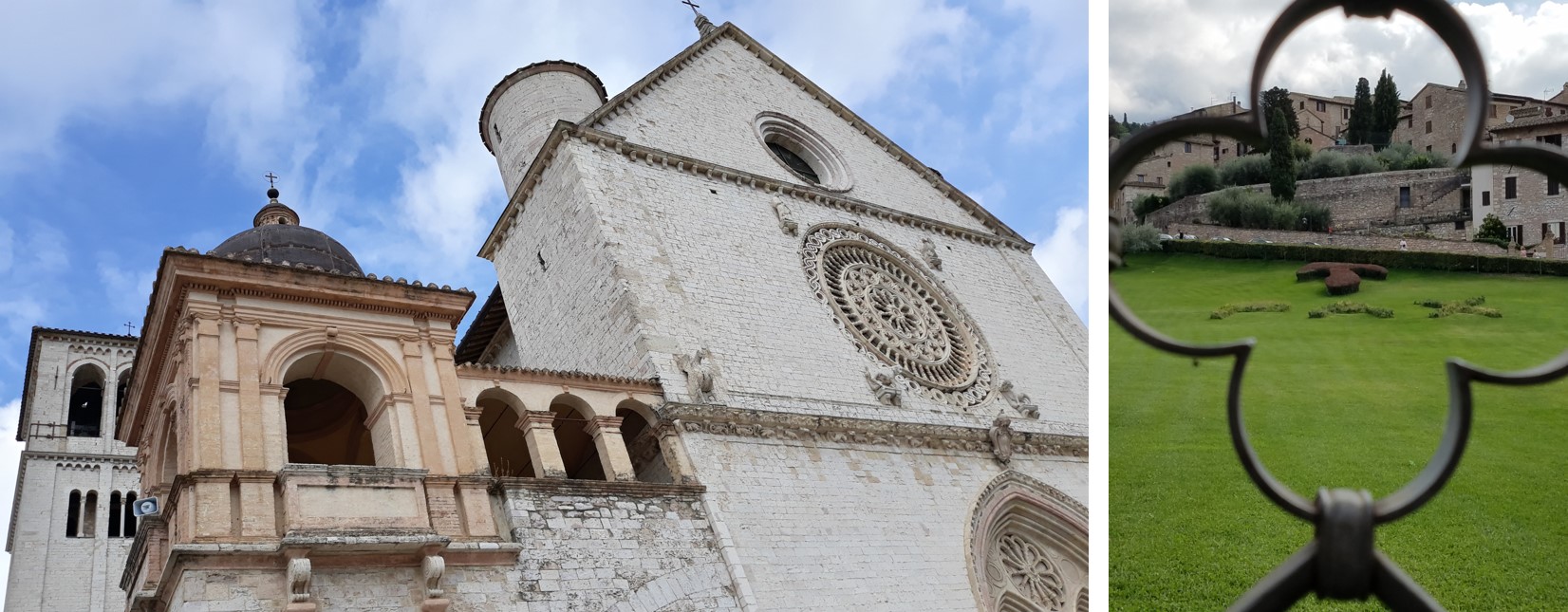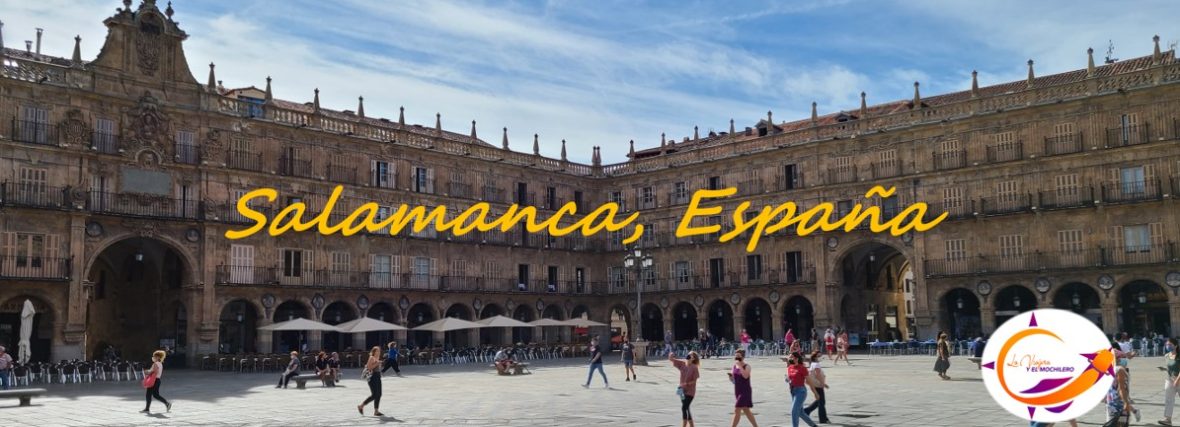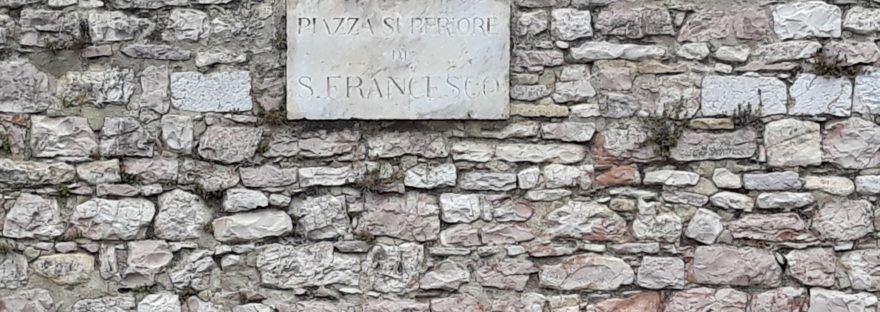In the hills of Umbria, Italy, and less than 160 kilometers north of Rome, stands the medieval city of Assisi. This was the birthplace of Francesco di Pietro di Bernardone (baptized as Giovanni di Pietro) from the 12th century and which became known as Saint Francis of Assisi.

San Francisco is the patron saint of animals and nature. He founded an order of friars in 1209 and his followers were known as Franciscan friars. Francis di Pietro died in October 1226 and was canonized very quickly by Pope Gregory IX in 1228.
The Basilica and the papal minor convent were built to honor the saint, becoming the home of the Franciscan friars. The lower Basilica was completed in 1230 and shortly thereafter, the body of San Francisco was transferred from the church of San Gregorio to its final resting place in the Basilica that bears his name.
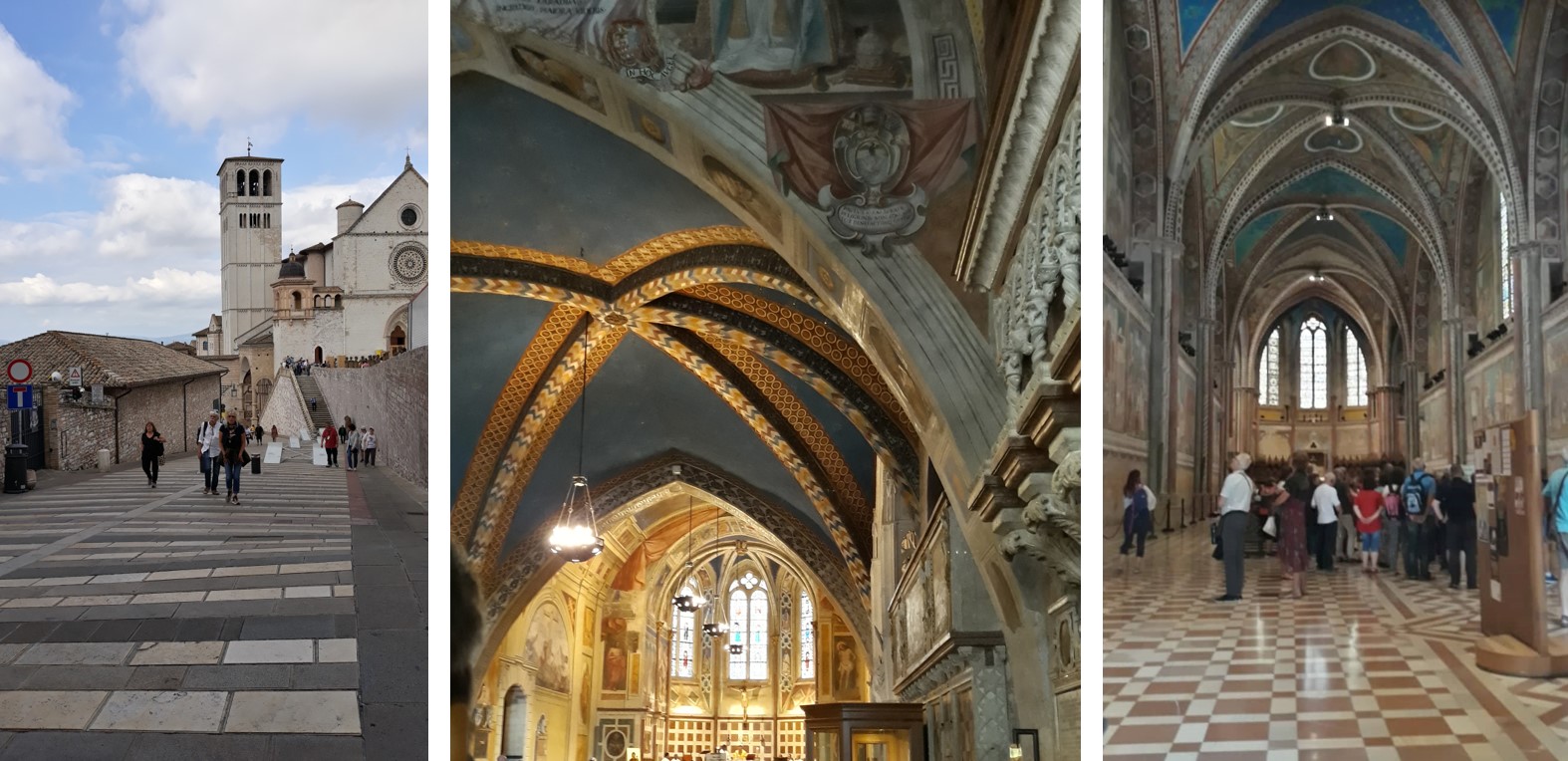
The San Francisco complex was built on a plot of land known as the “Hill of Hell,” since criminals were executed there. The hill is now known as the “Paradise Hill”. The complex is composed of the upper and lower basilicas with their respective courtyards, joined by its bell tower. Around the Basilica there are three structures that served as a convent.
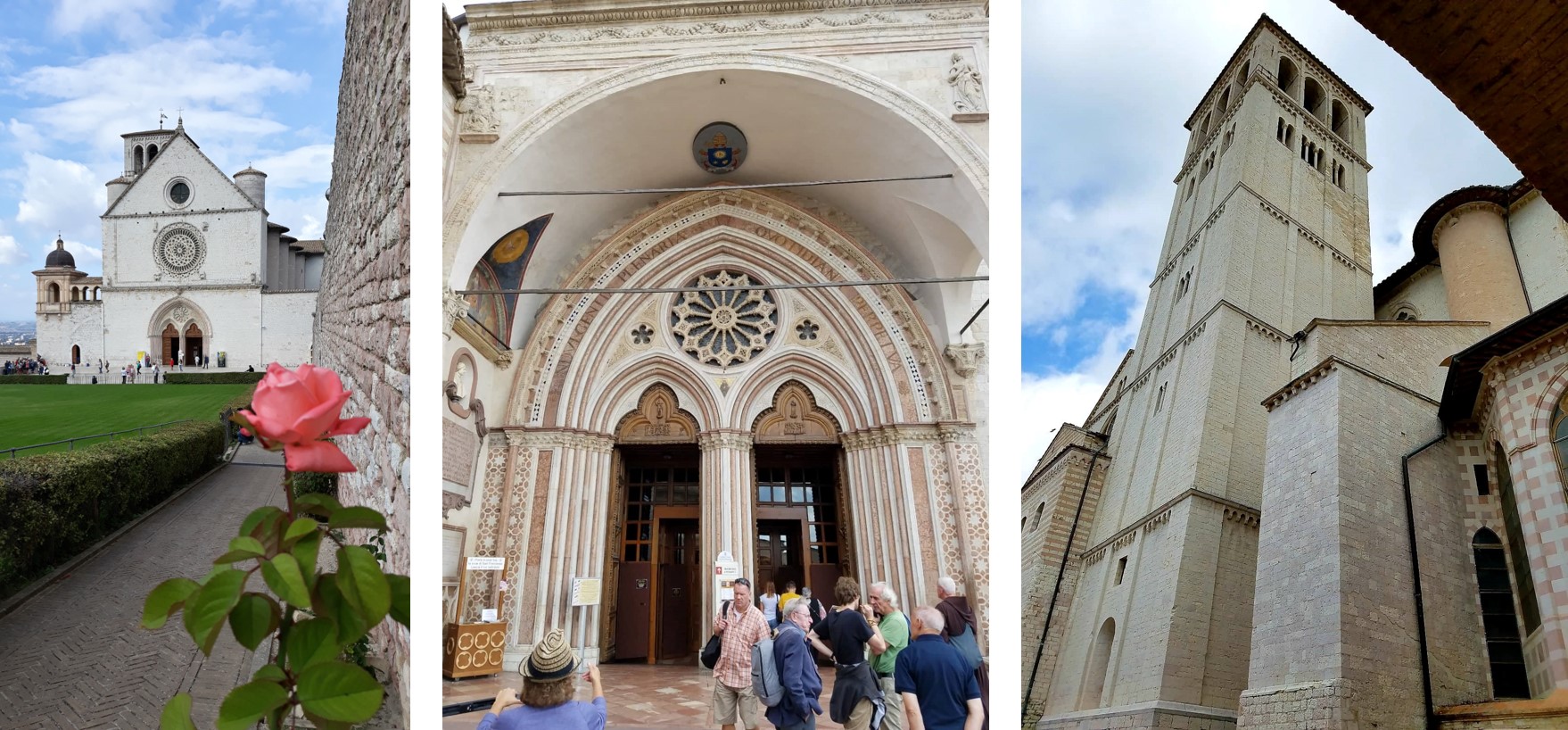

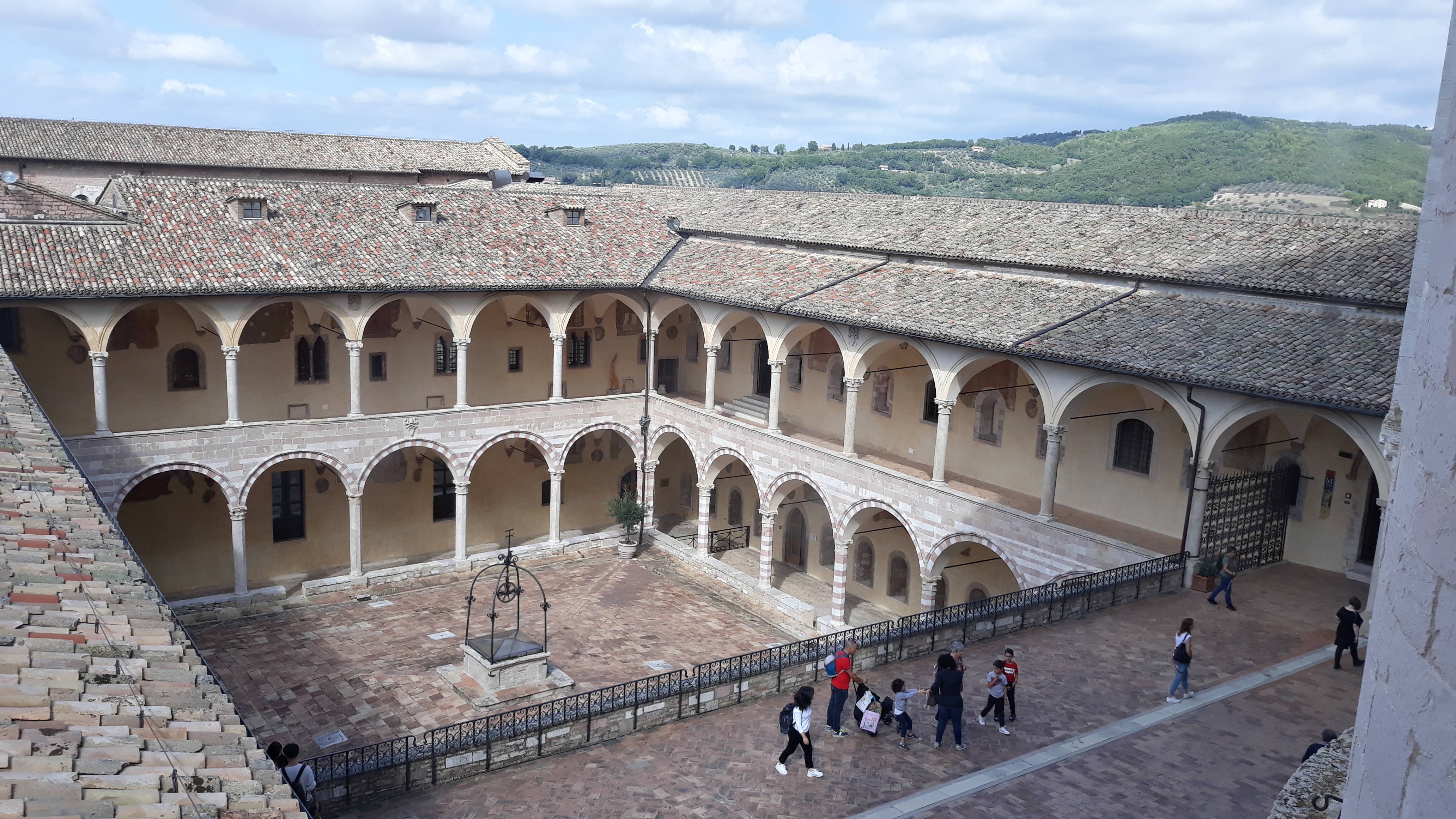
The Basilica of San Francisco of Assisi is among the most visited sites of the Catholic pilgrimage. It is also a UNESCO World Heritage Site.
